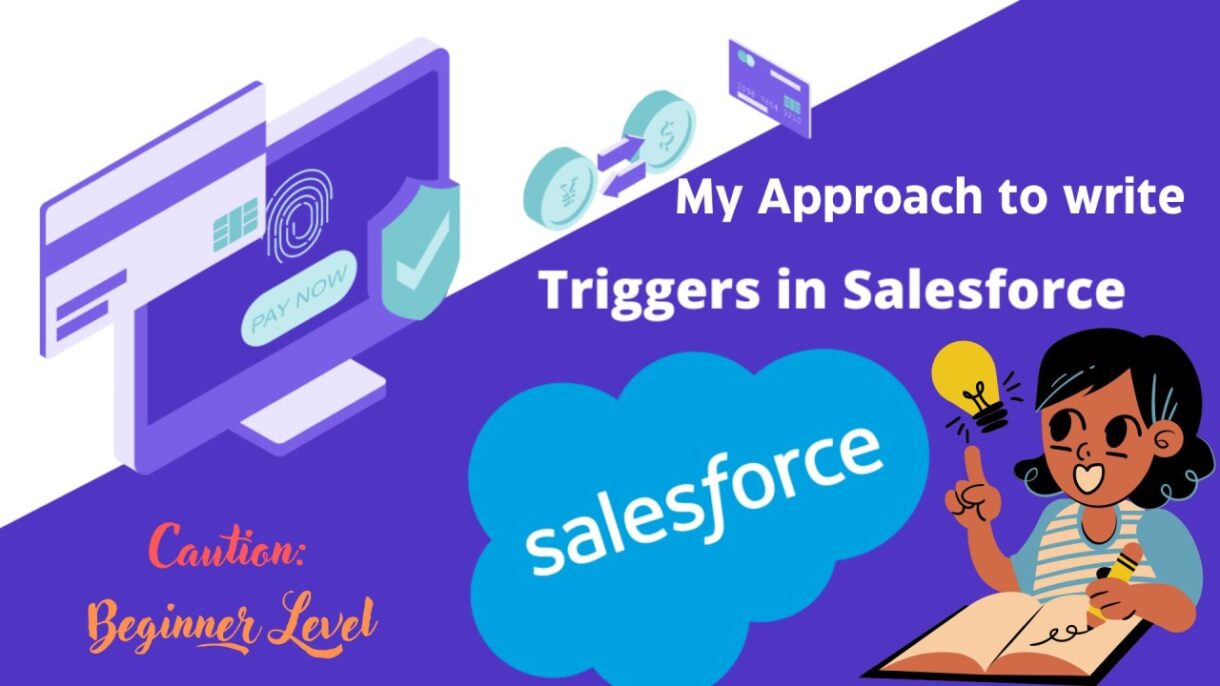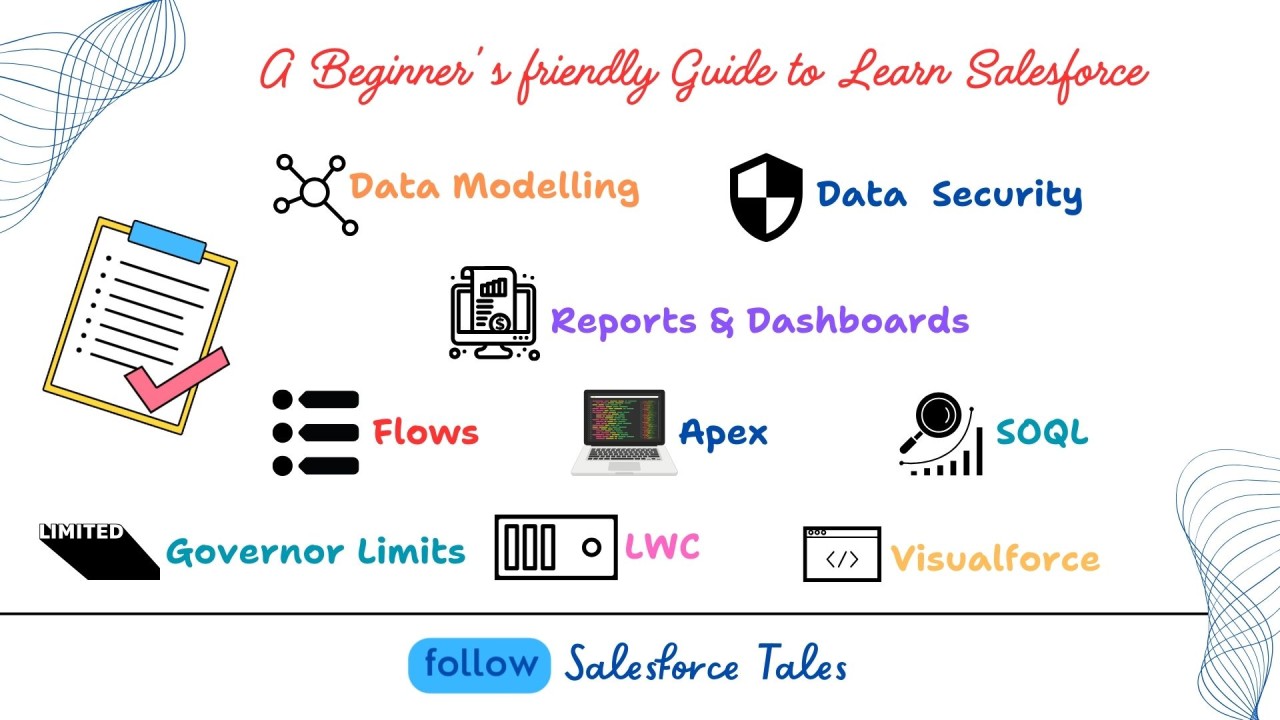
Understanding Apex Triggers: The Basics
Let’s start with the basics – what is an Apex Trigger? In Salesforce, think of it as a smart piece of code that does things automatically before or after specific events like adding, updating, or deleting a record. It’s like a behind-the-scenes assistant making sure things happen the way they should.
Now, the term ‘Apex’ might sound a bit fancy, but it’s just Salesforce’s own coding language. Using Apex, developers can make Salesforce do even more cool stuff. Don’t worry if it sounds a bit overwhelming; we’re here to make it clear.
Anatomy of an Apex Trigger: Breaking It Down
Now, let’s break down a typical Apex Trigger into simpler pieces:
Trigger Declaration:
trigger MyFirstTrigger on ObjectName (trigger_events) {Here, ‘MyFirstTrigger’ is like a nickname for our trigger, and ‘ObjectName’ is the type of thing (like an Account or Contact) the trigger works on. ‘trigger_events’ just tell the trigger when to do its thing, like before a new thing is added or after something gets updated.
Trigger Body: This is where the action happens. The trigger body is like the set of instructions for what the trigger should do. It’s where you tell Salesforce what to look for and what actions to take.
for(ObjectName record : Trigger.new) {
// Your logic goes here
}This part is like a loop that goes through the things the trigger is interested in, allowing you to do different actions on each of them.
Practical Examples: Bringing Theory to Life
Let’s make it real with a couple of examples:
Example 1: Auto-populating Fields
Imagine you want to fill in a ‘Last Modified By’ field on a custom object whenever something is updated. Here’s a simple way to do it:
trigger PopulateLastModifiedBy on CustomObject__c (before update) { for(CustomObject__c record : Trigger.new) {
record.LastModifiedBy__c = UserInfo.getUserId();
}
}In simple terms, this trigger says, “Before something is updated, make sure the ‘LastModifiedBy__c’ field gets filled with the ID of the person doing the update.”
Example 2: Validation Checks
Say you want to make sure certain things are filled in before a new record is added. A trigger can help with that:
trigger PreventInvalidRecords on CustomObject__c (before insert) { for(CustomObject__c record : Trigger.new) {
if(record.Required_Field__c == null) {
record.addError('Required_Field__c must have a value.');
}
}
}This one checks, “Before adding something new, if the ‘Required_Field__c’ is empty, show an error message and don’t add it.”
Best Practices: Guiding Principles for Effective Triggers
As you start playing with triggers, remember a few tips:
- Bulk-Friendly Code: Make sure your triggers can handle lots of things happening at once. It keeps everything running smoothly.
- Selective Triggering: Only make the trigger do its thing when it really needs to. No need for extra work.
- Avoiding Complications: Keep your code simple. Don’t ask Salesforce the same thing over and over; it gets tired.
- Fixing Mistakes Gracefully: If something goes wrong, make sure Salesforce knows what’s happening, and tell it how to fix things.
- Taking Notes (Documenting): Write notes to yourself in the code. It’s like leaving a map for future-you to understand what’s going on.
Your Journey Continues: Resources and Next Steps
As you keep exploring Salesforce development, use tools like Salesforce Trailhead. It’s like an interactive guide tailored for beginners. Modules such as ‘Apex Basics & Database’ and ‘Apex Triggers’ are like helpful friends showing you the ropes.
And don’t forget about the Salesforce Developer community. Dive into forums, ask questions, and learn from other developers who’ve been right where you are.
In a nutshell, Apex Triggers might seem a bit overwhelming at first, but with some practice, you’ll get the hang of it. Start small, try out examples, and little by little, you’ll be handling more complex tasks. Remember, even the most experienced developers started as beginners. Enjoy the journey, have fun experimenting, and happy coding!












0 Comments